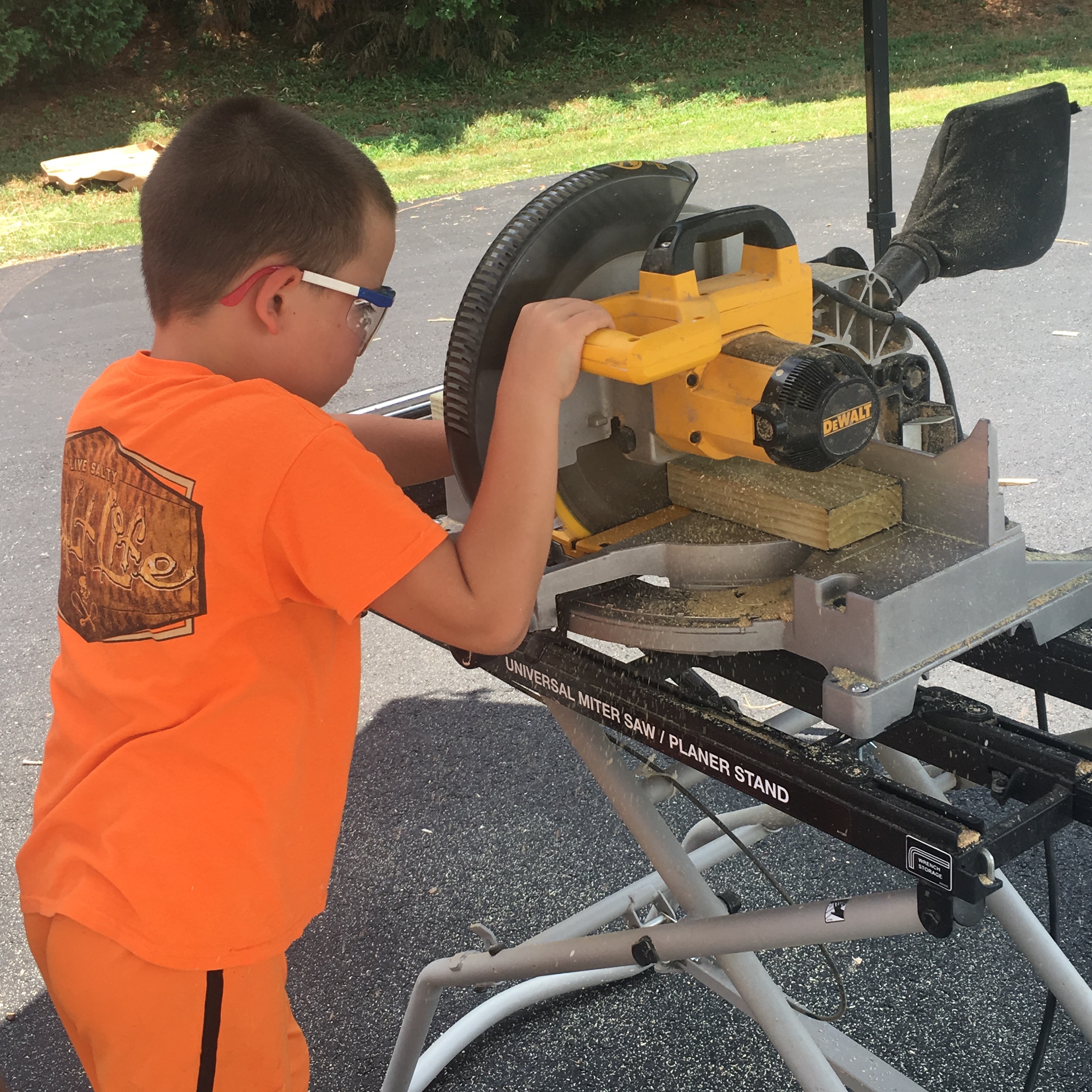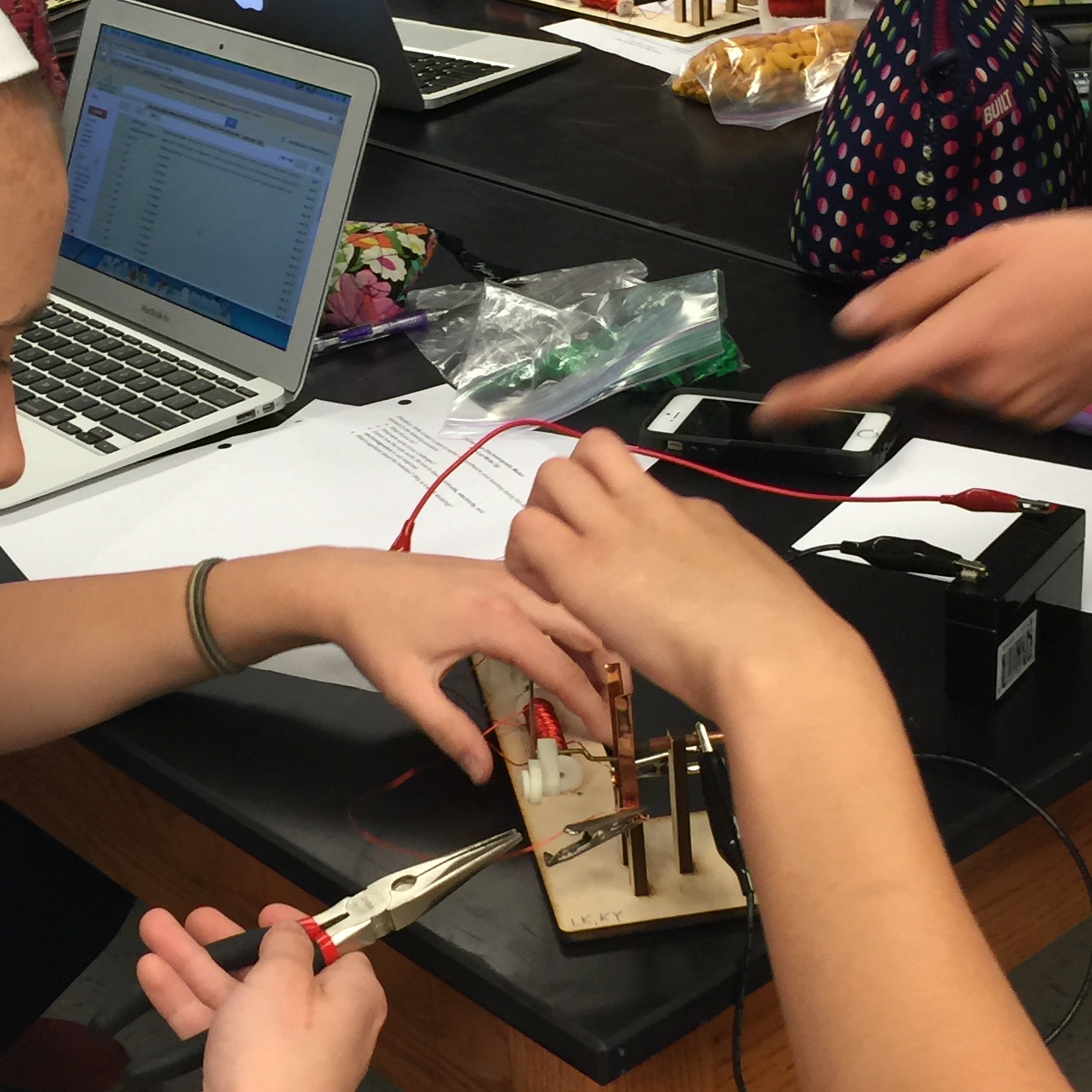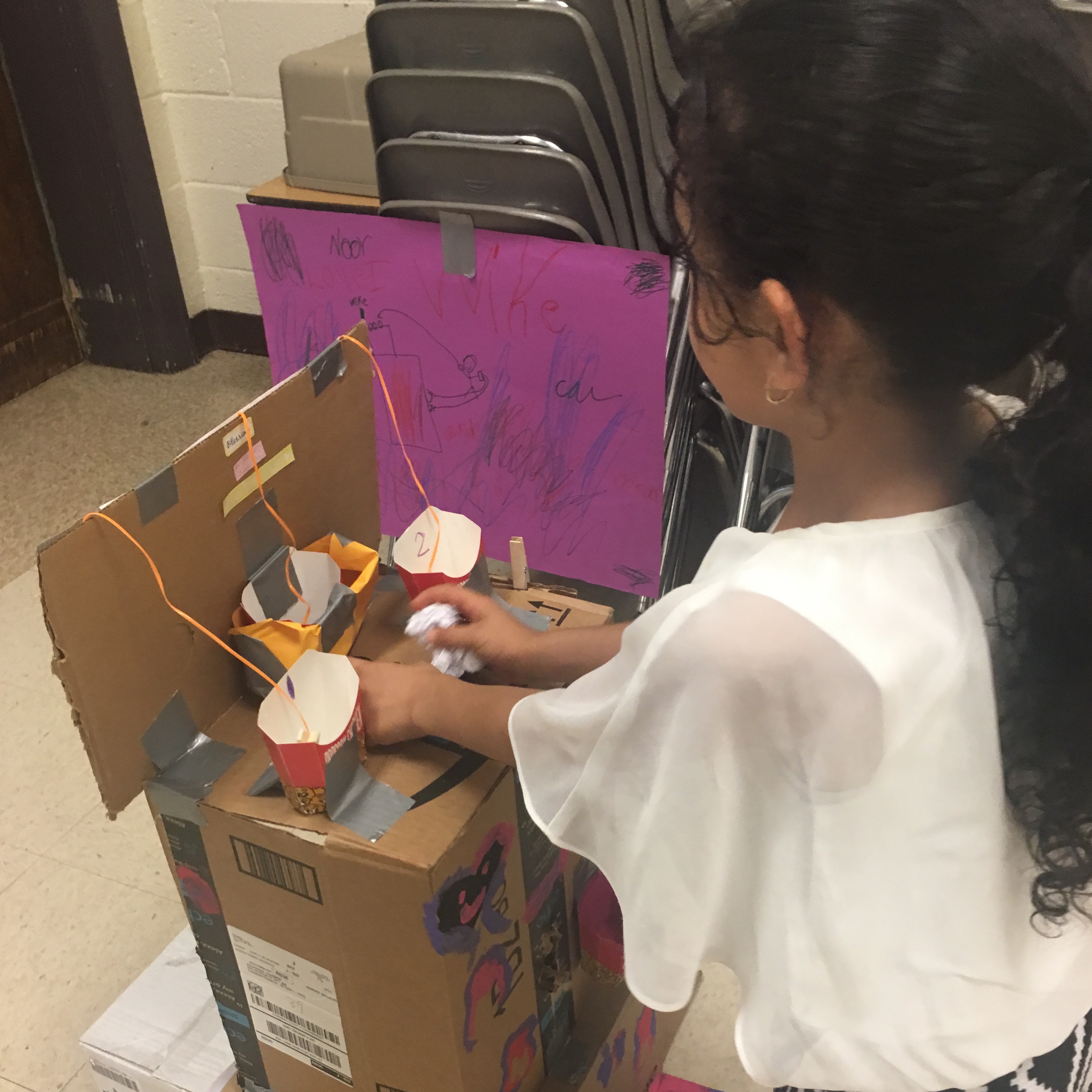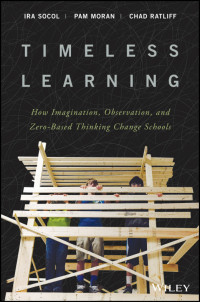About the Authors: Pam Moran recently retired as superintendent from Albemarle County Public Schools and is a member of Maker Ed’s Board, Ira Socol is a former Chief Technology and Innovation Officer, and Chad Ratliff is the principal of the Murray High School and Community Middle School lab schools. Together, they are the authors of the book Timeless Learning: How Imagination, Observation, and Zero-based Thinking Change Schools. You can connect with them on Twitter: @pammoran @irasocol @csratliff @timelesslrng

What does “Maker Education” really mean? What does it really look like?
These are the questions that we asked ourselves repeatedly as we worked to shift the curriculum at Albemarle County Public Schools towards maker-infused learning. By the time we started to think about writing a book about our experiences, we were already in our third year of using the Maker Faire—and the trip to New York from our homes in the Blue Ridge Mountains—as an immersive learning experience for our teachers; we had already teamed with Maker Ed to turn our summer schools into Maker Camps; we had already infused “making” into all of our schools. Those conversations led us into an evolved understanding of our work: we realized we were not introducing radical new ideas into schools. Rather, we were moving to bring the essentials of how children learn, how adolescents learn, how humans learn, back into everyday education.
Humans learn best by doing. They learn through hearing and telling stories. They learn through imitation. They learn through play. And they learn most through the complex task of building something—whether that be an arduino-powered fire alarm or a play designed to help heal Charlottesville’s wounds. “Making,” that act of assembling, is the culminating work in any real learning environment.

Making lies at the heart of our work. As Chad always says, “project-based learning is adding context to content, but maker education is adding content to a student created context.” Kids decide what they are going to do, and we adults fit content learning into those efforts. When middle school kids wanted to build rolling tree houses for their cafeteria, that became a learning experience in math, science, communication, and leadership. Building an arduino-driven laser device to help baseball pitchers throw strikes became a crash course in math, science, entrepreneurship, and language arts. Recreating the first telegraph system was a master class in history, science, math, complex reading and research. Building bridges across streams to make a trail accessible resulted in deep knowledge of math, engineering, and societal needs.
The projects our kids create become their learning space, and they become the owners of their education, and that changes every child. It opens opportunities for every child to succeed. It eliminates the barriers to success that the existing school environment throws in front of so many kids.
Our search for ways to truly transform K-12 education for every child culminated in the writing of our book Timeless Learning: How Imagination, Observation, and Zero-based Thinking Change Schools. This book began in conversations the three of us have had since 2009, and is built around real work in a district of highly diverse schools. But truly, we found our initial impetus at the World Maker Faire in New York three years ago as we talked with our friends from Maker Ed and Make Magazine.

The story of our work—the quest to bring timeless human learning to every child—found its shape in Flushing Meadows Corona Park, where an eight-year-old Ira had once seen great dreams of a transformed future society at the New York World’s Fair. We tell this story because education, globally, is seeking a new narrative as we move past the “test prep and test” era. We tell this story because we have seen what is possible, in schools filled with rich kids and schools filled with poor kids. With white kids and kids of color. With rural kids and urban kids. With kids who speak English and kids who are learning English as a second language. With kids of all genders. We took a 726-square-mile school district and made it a test bed for transformation, and we wanted to say, “yes, we can.”
Timeless Learning is not a guide or a “how-to.” Instead, it is the story of our pursuit of doing the right thing for every child. It is the story of a work in progress, the story of making a new future for children. And for that story to continue and evolve, it needs all of your efforts to help us get to where we need to be.
 Timeless Learning: How Imagination, Observation, and Zero-based Thinking Change Schools is now available in bookstores everywhere.
Timeless Learning: How Imagination, Observation, and Zero-based Thinking Change Schools is now available in bookstores everywhere.

Leave a Reply